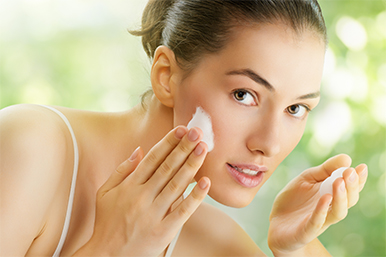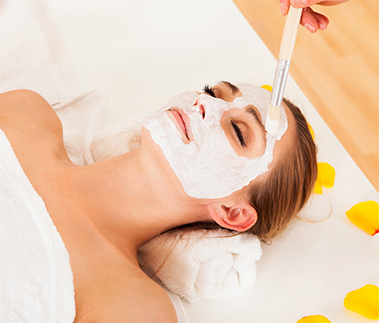We’re nearing the end of the year, which means that people are starting to think about their New Year’s resolutions. There will be all different kinds of New Year’s resolutions, including improving your diet, your cardio, your social life, or your work ethic. Well how about improving your look – a task you can easily accomplish through the usage of chemical peels. At Dermalure, we’re proud to provide chemical peels among our many other high-quality skin care products that are designed to make you look great for the upcoming year.
Make Your New Year’s Resolution a Skin Makeover!
With the usage of our chemical peels, you can make your skin appear younger and give it a healthy and radiant glow. You simply apply the chemical peel to your skin and it will remove the outermost layers of your skin. This dead skin peels away and the new skin that regenerates is usually smoother and more-wrinkle free than the old skin, giving you a more youthful appearance. While you may need to seek professional help from a dermatologist or an esthetician to determine your type of skin, the perfect chemical peel, and how best to apply it, after you learn about its technique, it’s a simple process that you can perform by yourself with our at-home chemical peels.
Contact Dermalure Today!
If you have any questions about our products, please feel free to contact us online or give us a call at (877) 336-4652. We at Dermalure are glad to help you in any way we can. We look forward to hearing from you and hope to help your skin achieve a new level of radiance!





